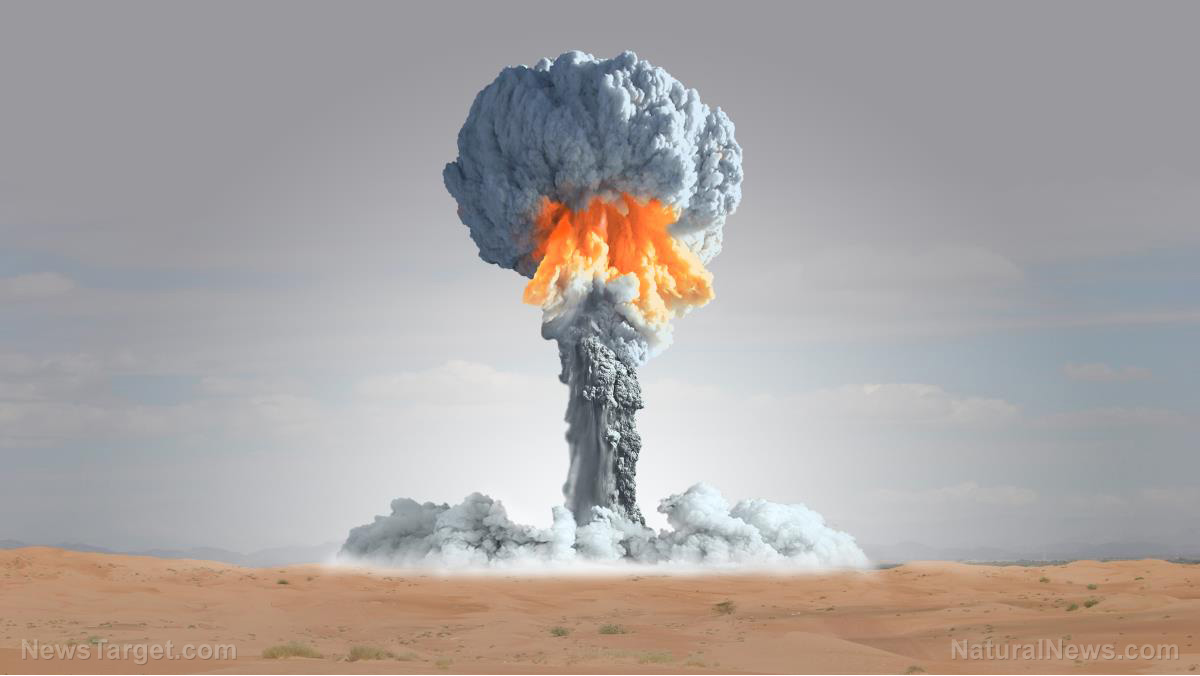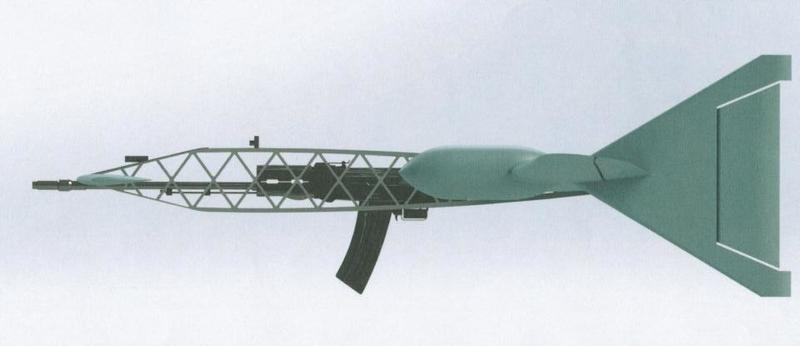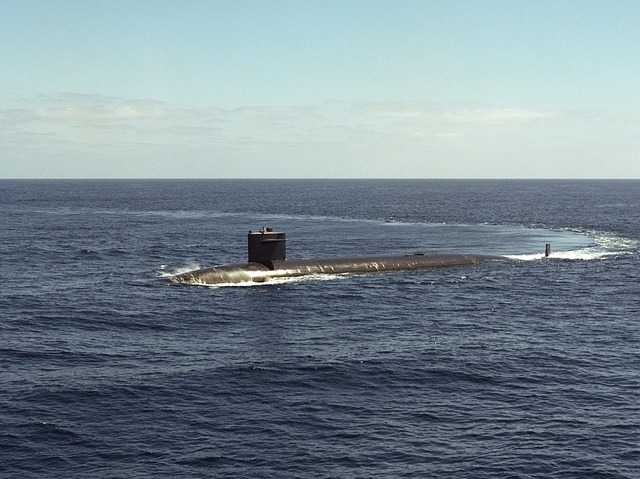Radioactive waste containment location could be leaking into the Pacific Ocean, warns UN Secretary-General
12/27/2019 / By Edsel Cook

The head of the United Nations Secretariat recently brought up concerns that a “nuclear coffin” on a Pacific island might be leaking radioactive waste. The toxic pollutants might have been spreading for years.
The U.S. built the concrete dome during the 1970s to store toxic substances cleaned up from nearby nuclear weapons testing sites. However, the structure not only turned out to be incomplete but might have also cracked open over time.
During a visit to the South Pacific island nation of Fiji, UN Secretary-General Antonio Guterres spoke of the nuclear coffin on Runit Island in Enewetak Atoll. A part of the Marshall Islands, the atoll is better known by its alternate spelling of “Eniwetok.”
Besides serving as a battleground during World War II, Enewetak also served as a testing ground for U.S. nuclear weapons during the Cold War. From 1946 to 1958, the U.S. military conducted 67 nuclear weapons tests at Enewetak and Bikini atolls.
One of those tests involved the most powerful thermonuclear bomb ever detonated by the U.S. – Castle Bravo, more than 1,000 times stronger than the atomic weapon unleashed upon Hiroshima.
Evacuating the unprotected natives of the Marshall Islands to safer locations only occurred to the U.S. military after radioactive material from the first atomic explosions started falling on people’s heads. Thousands of Pacific islanders got exposed to radioactive fallout before a 1958 moratorium on testing nuclear weapons on the surface. (Related: Fukushima: Storage tanks are full, radioactive waste to be dumped straight into the ocean.)
“Nuclear coffin” may have been leaking radioactive waste since the 1970s
Runit Island itself hosted the Cactus test, which detonated an atomic bomb with a yield of 18 kilotons. Many years after the atomic explosion, the crater it created became the location for a nuclear coffin, a storage site for nuclear waste.
In the 1970s, the U.S. military launched the innocuously-named “Enewetak Radiological Support Project.” Around 4,000 American servicemen began cleaning up the radioactive waste and irradiated material in the atoll.
The U.S. military collected roughly 73,000 cubic meters of radioactive debris from other nuclear weapons testing sites and stored them at Runit. Then they built an 18″ thick concrete dome over the Cactus test crater at Runit.
Much like the much later sarcophagus at the Chernobyl nuclear disaster site, the structure protected the irradiated material from weather that might spread it over significant distances.
The bottom of the crater was supposed to feature a layer of sturdy lining. The liner would prevent radioactive waste from leaking through the porous volcanic rock that made up the island.
However, for unspecific reasons, the builders never laid down the required lining. As such, the incomplete Runit nuclear coffin might have been leaking irradiated waste since its construction.
Most of the nuclear waste from nuclear weapons testing
The U.S. government itself believed that a massive typhoon might end up breaking open the nuclear coffin at Runit. If that happened, the radioactive waste might spread throughout the Pacific or even the world.
To make matters worse, a 2013 report by the U.S. Department of Energy warned that the soil outside the concrete dome displayed higher levels of radioactive contamination than the interior of the dome.
The 1970s clean-up only collected an estimated 0.8 percent of the radioactive waste in Enewetak. The rest remained unsecured, raising questions about the long-term health of people in the region.
“A lot needs to be done in relation to the explosions that took place in French Polynesia and the Marshall Islands,” Guterres told the Fijian students. “This is in relation to the health consequences, the impact on communities and other aspects.”
Sources include:
Tagged Under: Cold War, nuclear tests, nuclear waste, nuclear weapons, radiation, radioactive waste, radioactive waste disposal
RECENT NEWS & ARTICLES
COPYRIGHT © 2017 RADIATION SCIENCE


















